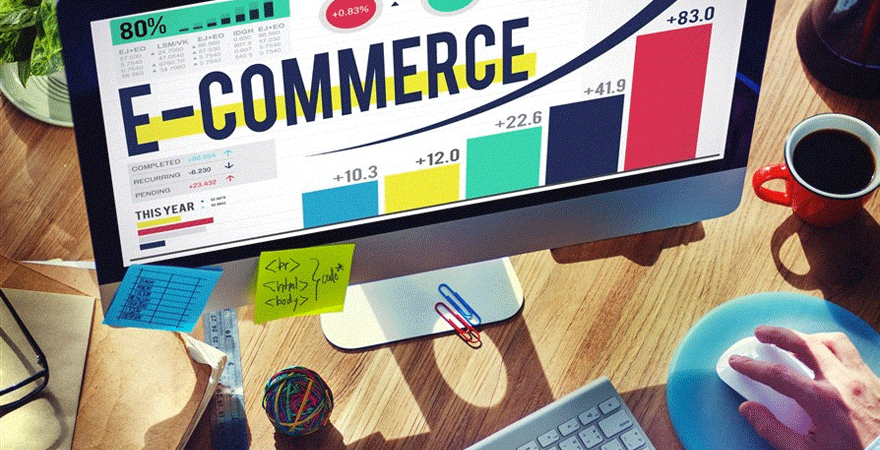'Dropshipping' A Popular Online Business Model You Should Know All About!
3) How to Find Great Suppliers for Dropshipping:
Choosing a supplier for your dropshipping business is one of the most important decisions you’ll make. If your supplier screws up, it’s your responsibility to make it up to your customer, not theirs. You want to make sure you choose someone who will have your back.
What makes a great dropshipping supplier?
Not all dropshippers are great at what they do. However, there are a few keys to finding the diamonds in the rough. Before we discuss how to find your dropshipper, let’s take a look at what a great supplier looks like.
a. Experienced and helpful sales reps
One thing I personally look for in a dropshipping supplier is an awesome sales rep. I want to know that I can call them and get my questions answered as fully as possible, and that they’ll know how to handle any issues I have.
Don’t get me wrong; no one is perfect and there will be questions they can’t answer right away. But they should be willing to find the answers for you and get back to you in a timely manner.
b. No huge per-order fees
Most dropshippers charge a “per-order” fee. This is a fee you have to pay every time you place an order with them. It makes sense because they have to take the extra time and resources to pack and ship your order for you.
However, sometimes wholesalers take advantage of this and charge outrageous fees. They could range anywhere from $2 to $10. Whether or not this is high depends on the profit margins you’re making on your products.
My advice is to do the math and see whether you can still make a good profit when dealing with a high fee. If not, keep looking.
c. Fast shipping (keeps customers happy)
If your supplier takes more than 24 hours to ship an item (48 at most), then they will not be a good fit for you. Dropshipping is an overly competitive market—there is no room for a lengthy shipping process. The competition will beat you if yours is too long.
On the flip side, if you can find suppliers who ship very quickly, you’ll gain a competitive edge. To find the best dropshipping companies, I recommend placing a test order before you make your final choice.
d. Quality product (lower returns)
As we talked about earlier in the section on finding a product to dropship, finding the best dropshippers means finding the dropshippers selling the best products.
Selling a high-quality product means:
- Higher customer satisfaction
- More word-of-mouth referrals
- Fewer returns
- Better product reviews
I can’t even think of any downside to selling a quality product, other than perhaps lower margins. However, the benefits above will mean more profit for your business over time than you would ever get from selling the high-margin but low-quality product.
e. Invested in technology
The latest tech in automation, efficiency, and scalability are going to be increasingly important to you as your dropshipping business grows. While not important right out of the gates, you’ll want to try picking suppliers with the endgame in mind.
Some signs that a dropshipper is invested in technology include:
- A detailed website with full product descriptions
- An inventory data feed to automatically update your product listings
- The options to place and cancel orders on their website and via email
Of course, not all dropshipping companies are going to have these advanced features. Don’t count one out just because they don’t have a beautiful website—just keep these things in mind during your search.
f. Brand-name products
In the section on finding a product to dropship, I talked about how selling brand-name products is probably a bad idea. This is true for beginners.
However, as you advance as a drop shipping business owner, this may be a category you want to tackle. If you think you’ll eventually want to sell name-brand products, this is a factor to consider when choosing a supplier.
4. Day to Day Operations:
You’re all set up and ready to start dropshipping goods to your customers. Congratulations — you’ve gotten to a point few others do, but wish they had.
Next in the learning curve is understanding marketing and the tasks involved in running your dropshipping business on a day-to-day basis, which is exactly what we’re going to cover.
Here’s an index to help you jump to the proper section:
- Marketing your store
- Dealing with refunds, returns, and replacements
- Managing inventory across multiple suppliers
- How to fulfill dropship orders
- Avoiding fraud
- A quick note on chargebacks
- Everything you need to know about customer support
- A few final tips
5. Scaling Your Store:
Running a business and growing a business are two very different things.
It’s easy — once you have a good thing going — to get comfortable and start to slack off.
However, if you really want to grow an asset in the form of a business, don’t settle once you’re profitable.
Profitability is only stage two! (Stage one being starting the business.)
Stage three is scaling your store — meaning more sales with less time invested. Scaling doesn’t necessarily mean more work…
...it simply means becoming more efficient so you can make more with less effort.
According to Jason Albanese, co-founder and CEO of Centric Digital:
“Scalable growth is all about pairing exponential revenue growth with incrementally increasing cost.”
Here’s a quick index to help you navigate this guide:
- Hiring a Virtual Assistant
- Going Multi-Channel (and Building a Website)
- Adding Complementary Products
- Maximizing Your Email List
- Increasing your Marketing Spend
So, finally I recommend you a Free resource called Oberlo - easy to use dropshipping application trusted by People! More than 500+ reviews on Shopify. CLICK HERE to Sign up for Oberlo's free plan today!

